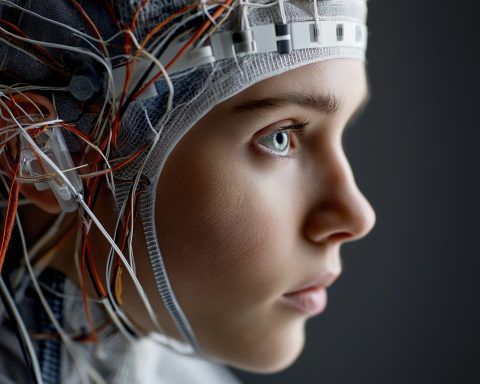
The Benefits of Brain-Computer Interfaces for Cognitive Enhancement: What 2025’s Breakthroughs Mean for Memory, Attention, and Communication
Brain-computer interfaces (BCIs) are having a breakout moment—not because humans suddenly have “telepathy,” but because several parallel developments are turning decades of lab research into early clinical reality. In 2025, multiple companies and research groups reported milestones that expand what

